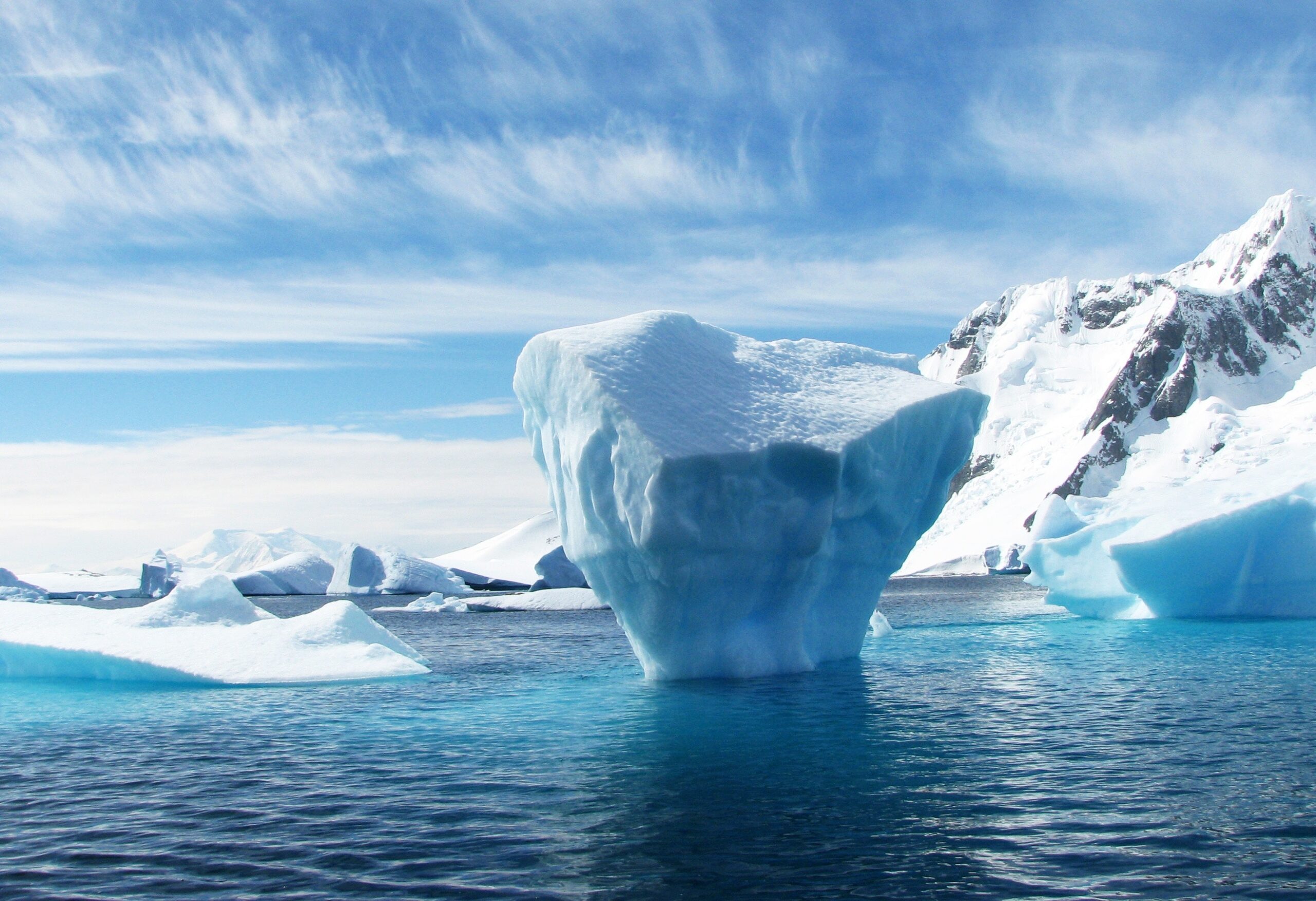A report this week outlines the challenges faced by the fifth-largest continent.
The “Frontiers in Environmental Science” journal reported on recent data indicating that summer ice cover fell to a record low in February.
The journal noted that the four lowest annual minimum sea ice extents of the modern era have occurred since 2017, with both 2022 and 2023 setting new records.
Indeed in 2022 the summer minimum extent dropped by two million square kilometres for the first time.
Furthermore both the high sea ice extents of 2013-15 and the low sea ice extents since 2017 lie far outside of the baseline period covering 1981-2010.
The report emphasised that the loss of sea ice is not uniform across Antarctica. In February 2023 the Pacific sector, and Ross and Amundsen-Bellingshausen seas had record low extents. Meanwhile the Weddell Sea and Indian sector had less dramatic changes.
The journal remarks that low sea ice results in the absorption of more solar heat due to a reduction in surface reflexivity.
Given the increase in global temperatures the journal said Antarctica “may well be subject to considerable stress and damage in future years and decades.” It concludes that It “is therefore highly likely that with continued high levels of greenhouse gas emissions global sea level may increase by more than 1 m this century and much more thereafter.”

Be the first to comment on "Sea loss worsening in Antarctica"